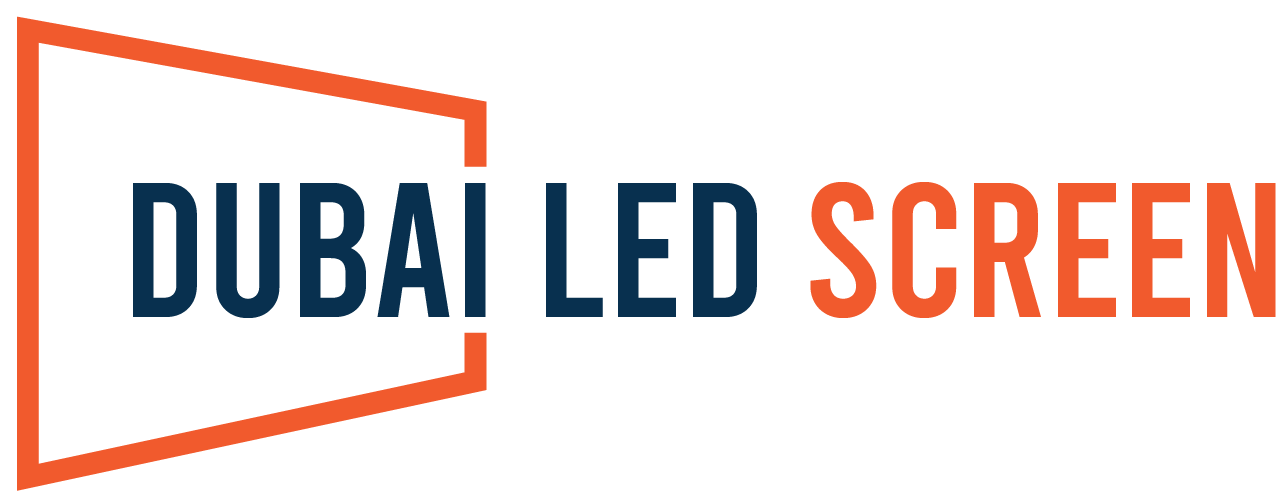In the modern world, LED screens have become an integral part of our daily lives, seamlessly integrating into various sectors to enhance communication, education, and healthcare. This article explores how LED screens are transforming these industries, offering innovative solutions that improve outcomes and experiences for individuals across the board.
Education Sector: Interactive Learning Redefined
In the realm of education, LED screens have emerged as a game-changer, revolutionizing the traditional classroom setup. By incorporating LED screens into educational settings, educators can now deliver content in a dynamic and interactive manner, moving away from the monotonous lecture style to a more engaging and participatory approach.
- Multimedia Integration: LED screens allow for the seamless integration of multimedia content, including videos, interactive quizzes, and animations, into the curriculum. This not only makes lessons more interesting but also aids in retaining information better among students.
- Real-Time Assessment: With LED screens, teachers can conduct real-time assessments using interactive quizzes and surveys, instantly gauging student comprehension and tailoring instruction accordingly. This immediate feedback mechanism fosters a more personalized learning environment.
- Supporting Various Teaching Methods: LED screens support a broad spectrum of teaching methodologies, including team-based learning, flipped classrooms, and project-based learning. By displaying content that caters to these approaches, educators can cater to the diverse learning preferences of their students, promoting a more inclusive and effective learning atmosphere.
Healthcare Industry: Enhancing Patient Care and Professional Training
In the healthcare industry, LED screens are playing a pivotal role in improving patient care and enhancing professional training.
- Patient Information Display: LED screens are increasingly being used in hospitals and clinics to display patient information, treatment plans, and educational materials. This helps in keeping patients informed and involved in their care, contributing to improved health outcomes.
- Professional Development: LED screens are also utilized in medical training programs, providing a realistic simulation environment for medical students and professionals. Through LED screens, trainees can practice procedures, diagnose conditions, and receive instant feedback, significantly enhancing their skills and confidence.
Everyday Life: Convenience and Connectivity
Outside of specialized industries, LED screens have permeated our homes, offices, and public spaces, offering convenience and connectivity in our daily routines.
- Smart Homes: LED screens are central to smart home technology, controlling lighting, temperature, security systems, and entertainment options with a simple glance or voice command.
- Public Transportation: LED screens in buses, trains, and airports provide real-time information, such as schedules, delays, and destination guides, making travel smoother and less stressful.
- Retail and Marketing: Retail outlets use LED screens to showcase products, promotions, and advertisements, creating an engaging shopping experience that captures attention and drives sales.
Conclusion
The infiltration of LED screens into our daily lives is a testament to their versatility and impact across various sectors. From transforming education and healthcare to enhancing our everyday experiences, LED screens are reshaping how we communicate, learn, and interact with the world around us. As technology continues to evolve, the role of LED screens in our lives is poised to expand even further, promising even more innovative applications and benefits in the near future.
